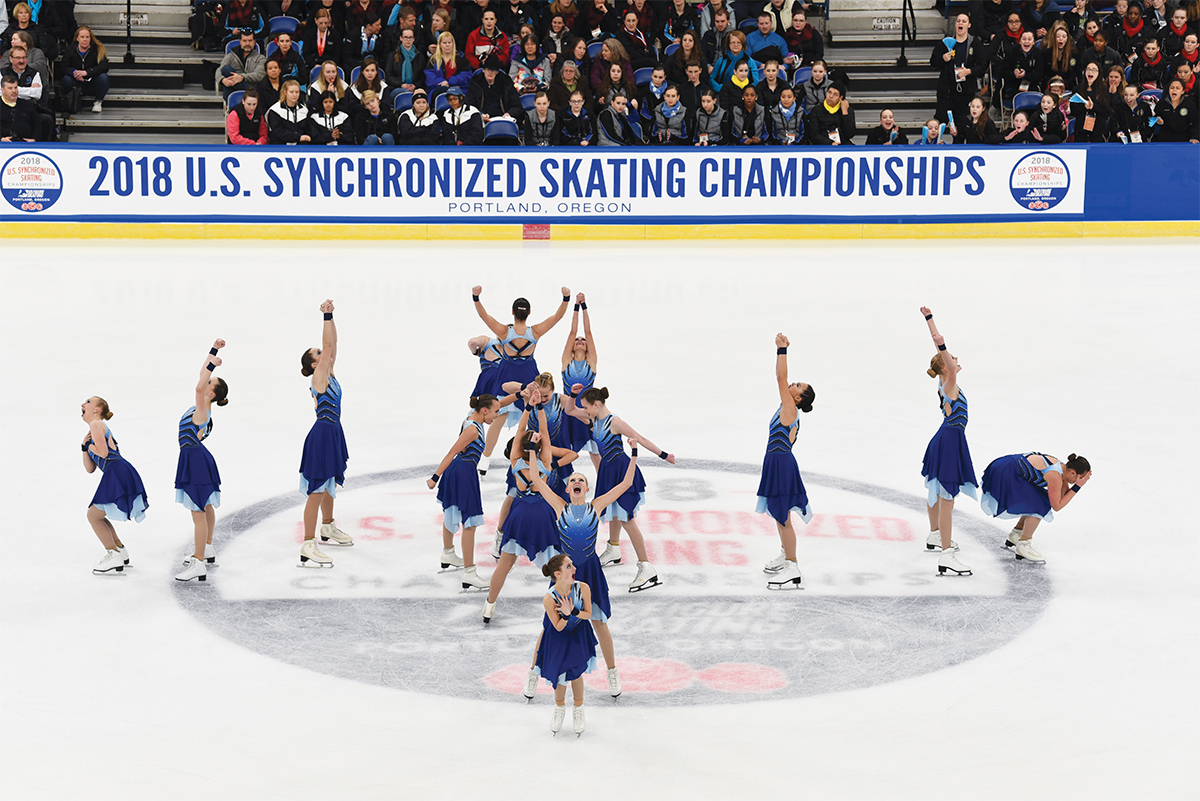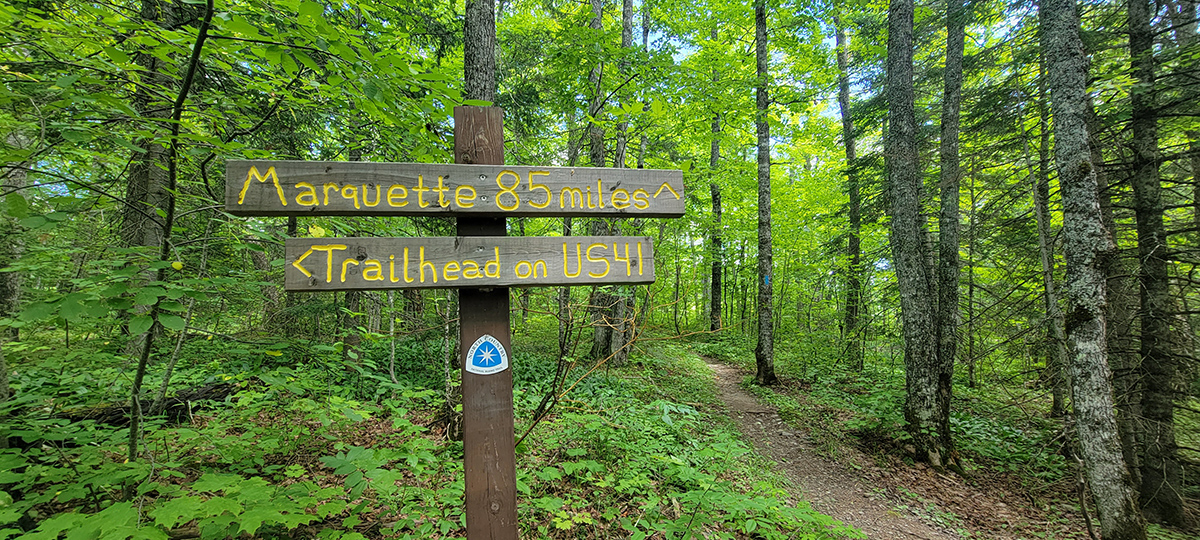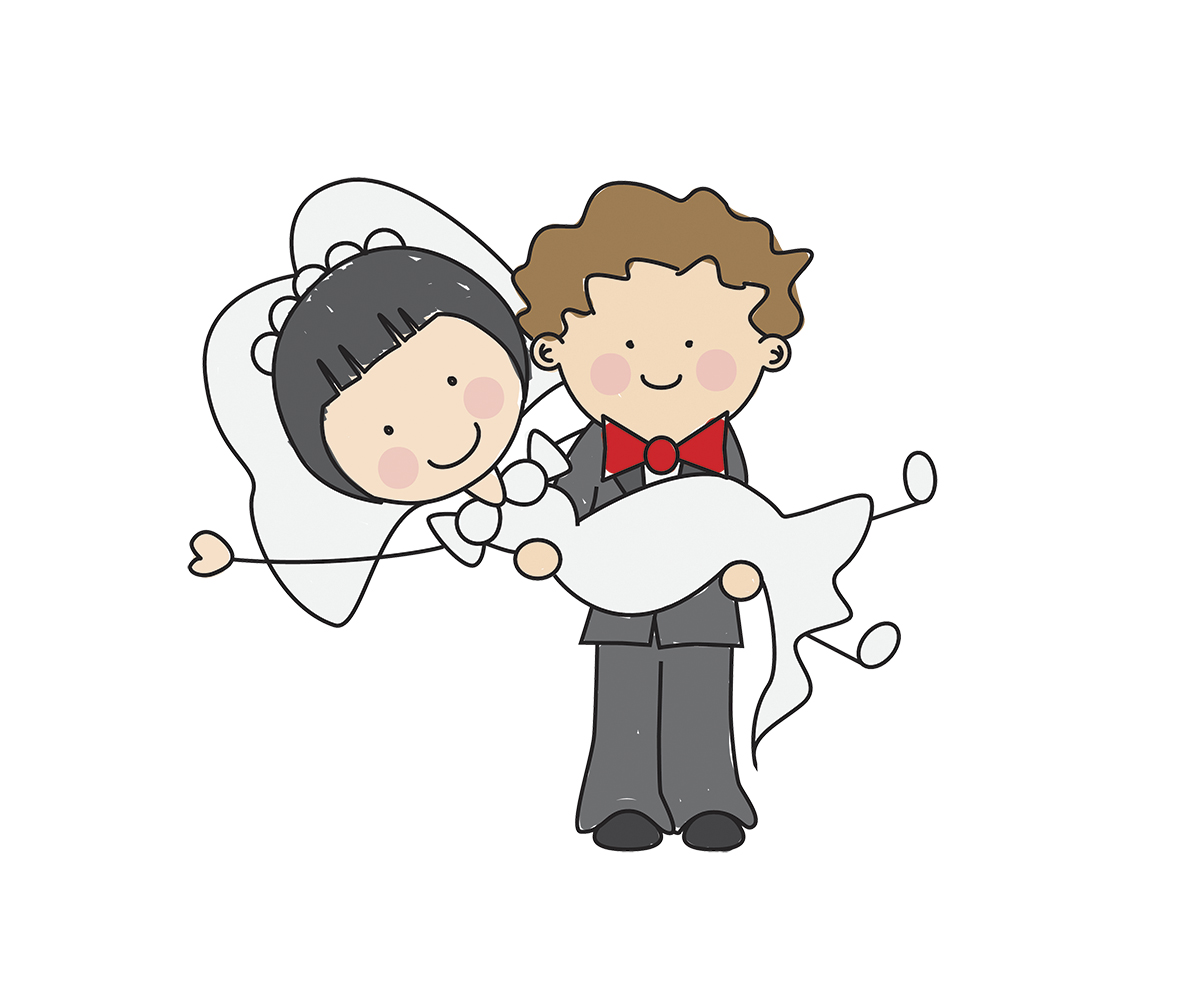WRITER | JULIE FORD
PHOTO | JAY ADEFF / U.S. FIGURE SKATING
Figure skating is one of America’s favorite sports, and the categories of singles, pairs, and ice dancing have been televised for decades. But there’s a lesser-known form called synchronized skating, and the public has a rare opportunity to watch it live as two Michigan cities host major competitions this winter.
“Synchronized skating is a team sport that involves 8 to 20 skaters on the ice. It has the edgework of ice dancing and pair elements with a lot of speed and power,” says Leslie Graham, senior director of synchronized skating and skating programs for U.S. Figure Skating in Colorado Springs. “It’s the unknown discipline of figure skating and very exciting for the whole family to come and enjoy.”
Graham says more than 200 teams and 3,500 athletes will compete in the 2019 Midwestern and Pacific Coast Synchronized Skating Sectional Championships January 30 – February 3 at the Wings Event Center in Kalamazoo. Ninety-five teams and 1,700 athletes are expected to compete in the 2019 U.S. Synchronized Skating Championships February 28 – March 2 at the USA Hockey Arena in Plymouth.
“Most people who have seen it, love it,” says Graham. “Their first question is, ‘Is this in the Olympics? Why not?’’’ Graham says more teams need to develop throughout the world, especially in Asia, for it to become an Olympic sport. In 2000, the International Skating Union held its first World Synchronized Skating Championships in Minneapolis. In 2019, Saitama, Japan will host the event March 18-24, and one or more teams skating in the Plymouth championship will advance to the World competition – the pinnacle of synchronized skating.
Ann Arbor is the birthplace of synchronized skating (formerly known as precision skating), which makes Michigan significant in the sport’s history. Dr. Richard J. Porter, a University of Michigan professor of protozoology, founded the Ann Arbor Figure Skating Club Hockettes precision skating team in 1956. Today, synchronized skating is found throughout North America and in Scandinavia, Russia, and Italy.
As with singles, pairs, and ice dancing, teams skate to choreographed programs lasting 2-4 minutes, depending on the skaters’ age and abilities. The competitive levels are juvenile, intermediate, novice, junior, senior, collegiate, adult, and masters. Participants range in age from 12 and under for juvenile to 30 and older for masters, and many of the competitive levels require skaters to pass specific U.S. Figure Skating skill tests to skate on the teams.
Watching synchronized skating is a feast for the eyes. Senior-level skaters must pass the most rigorous skill tests, and therefore senior teams perform the most difficult programs, with lift and pair elements. Intersecting lines with one leg overhead, one-third of the team in rotating lifts, and assisted somersaults skated with power and speed leave the audience on the edge of their seats. Every element in a skating program has been vetted for safety by U.S. Figure Skating and is listed in a lengthy technical handbook. For this reason, elements such as intersecting split jumps and backward intersecting spirals are banned from the sport.
The season for a competitive synchronized skating team typically begins in summer, when tryouts are held and the team is formed. Music, choreography, and dresses come together as teams practice from 2 to 10 hours or more per week. For most, the season ends in early March. Training involves on- and off-ice practice, and the more elite teams may add ballet, Pilates, and strength and aerobic training to learning the choreographed program. During competitions, teams can be found in every rubber-matted corner of the ice arena practicing their routines off-ice in gym shoes and matching warm-ups, using abbreviated movement and visualization before heading to the dressing rooms.
There’s no better way to celebrate National Skating Month in January than to buy an all-event pass to watch the magical maneuvers of synchronized skating. It may be winter, but an ice arena filled with spectators is actually warmer than one would think!
If You Go:
- Visit the competition websites for ticketing information
- Wear a light jacket or sweater
- Go early to secure your seat(s)
- Buy a program – it will include helpful information
- Search “synchronized skating” on YouTube to become familiar with the sport
Note that arenas with multiple ice surfaces allow for viewing teams practicing right before performing. Also, public areas of the arena are filled with vendors selling skating-related items, and music and cheering may be loud for young ears.
MidwesternSynchroSectionals.com








